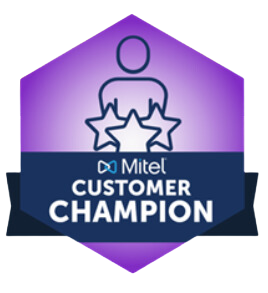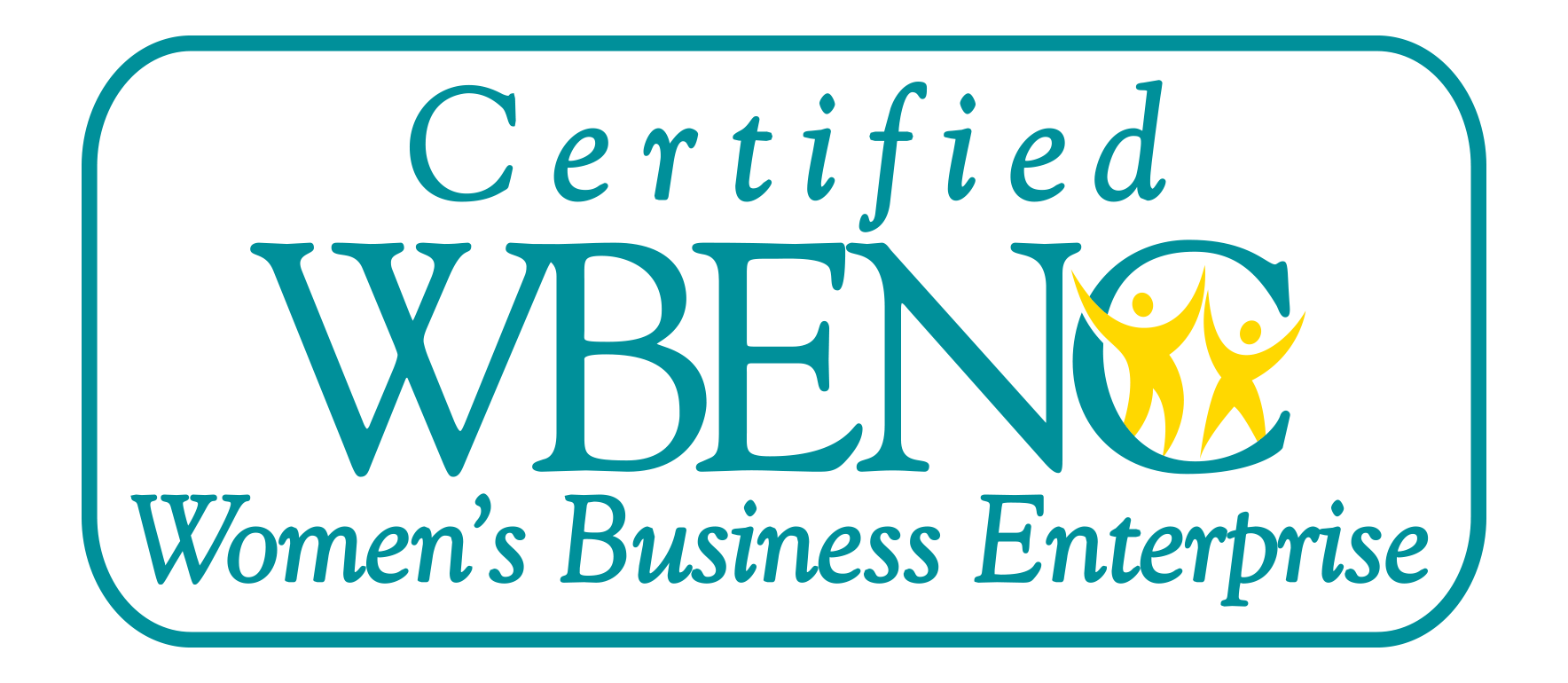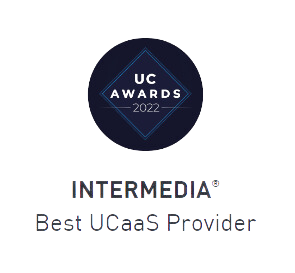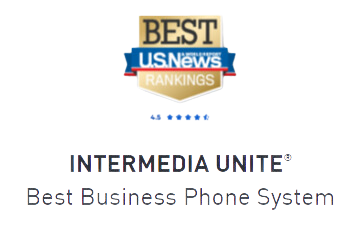Wanna get nerdy with us? Sign up for our emails!
Blog
Avaya May Stop Support of CS1000
What Does It Mean for Hospitals?
The desk phone continues to be a core part of many organizations. However, the demise of certain older PBX companies (Nortel), and the financial state of some current players, like Avaya, has brought the long-term viability of these systems into question. While some companies have decided to keep an unsupported platform for their telephone system and use either internal or external solutions to keep it running, for others this is not an option.
In hospitals, communications systems are a life or death concern
In the healthcare sphere, communications are more than just the phones; it is a critical part of delivering the care that facilities and organizations are chartered to do. In fact, communications failures are a large contributor to adverse clinical events and outcomes. In a retrospective review of 14,000 in-hospital deaths, communications errors were found to be the leading cause, twice as frequent as errors due to inadequate clinical skill. Communications systems are critical for healthcare operations and are one of the factors that are tracked in the Centers for Medicare and Medicaid Services (CMS), part of the US Health and Human Services (HHS). For example, in the Medicare Contractor Beneficiary and Provider Communications Manual, systems are to be available 24/7 and not to return “soft busies”.
A communications failure can lead to decertification
In fact, a communications failure and the impact on a facility can be part of a CMS audit. If the system is not in current support, it can result in action leading to decertification. For healthcare facilities, CMS decertification can be disastrous whether it’s the cost of bringing the communications system back up to code and recertifying, the loss in business continuity, the impact on reputation or the sheer cost of losing revenue from CMS-based programs.
For healthcare facilities with systems from vendors that have either ceased to function or are in financial difficulties, this presents a significant issue. For example, Avaya has announced that support for its CS1000 PBX may be terminating in 2017. While this may be limited to the CS1000M models, the current Avaya bankruptcy and the uncertainty about the ongoing business are clear indicators that healthcare facilities with these systems need to begin thinking about their long-term future.
Learn about healthcare communications solutions >
How to replace the CS1000 platform
One readily available alternative to the CS1000 is the wide variety of Mitel communications platforms designed for healthcare facilities of all sizes. With Mitel’s ability to integrate easily with established systems, healthcare institutions can migrate with minimal impact and reasonable cost. HealthEast Care System, a healthcare organization with four hospitals, 14 clinics, homecare services and a medical transportation center, recently decided that its older Avaya system and service was no longer meeting its needs. After an exhaustive search, HealthEast narrowed down its options to continuing with Avaya or choosing a new communications system from Cisco or Mitel. In the end, Mitel’s total cost of ownership was less than half of Avaya’s or Cisco’s. Mitel’s offering presented a simpler architecture and the ability to integrate with HealthEast’s electronic healthcare record system, Epic. With the time and money it will save through ease of migration, HealthEast chose Mitel’s platform as the best path forward.
Whatever you do, do it soon
Clearly, time is running out on these older systems, and both for the good of the patient population and the ongoing business of the facilities themselves, considering alternatives is important. Mitel is an option that should be considered in the overall migration planning exercise.
Wanna get nerdy with us? Sign up for our emails!
Mitel Purchases Toshiba
Transition from Toshiba to Mitel with Ease
Continue on your path towards future growth with your current communication system.
You have questions, we have answers.
Connect with a Toshiba transition expert today.
info@townerkc.com | 913-780-3166
Wanna get nerdy with us? Sign up for our emails!
Wanna get nerdy with us? Sign up for our emails!
Understanding the Digital Imperative
In this post, we’ll take a high‐level look at different factors driving the digital imperative in modern business and how it’s changing the nature of competition and market dynamics.
Recognizing digital business drivers
Digital business is the application of technology to build new operating models, processes, software and systems by leveraging the convergence of people, business and things.
These advances are creating new product and service opportunities as well as transforming business operations, helping companies generate more revenue, gaining greater competitive advantage and achieving higher efficiency.
Competitive advantage in this era of business is based on capturing new opportunities by rapidly adapting to changes in an organization’s market or industry. Those that can achieve this level of agility will leap-frog the competition, while those that can’t will struggle to survive. Thus, digitization – the process of becoming a digital business – needs to be at the top of every business and IT leader’s priority list.
Companies can no longer simply differentiate their products and services along a single dimension such as price, features, quality or support.
Maintaining and increasing competitive advantage in today’s dynamic, global economy is a major challenge for businesses in every industry. Companies can no longer simply differentiate their products and services along a single dimension such as price, features, quality, or support. Except for commodity goods and services, the lowest price doesn’t guarantee a sale, poor quality is never acceptable, and customer service requires far more than a friendly smile.
Instead, perceived value, functional match to requirements, exceptional quality, and total customer experience across all touch points are all important aspects of the new competitive norm.
Additionally, businesses must find innovative and creative new ways to engage, attract and retain their customers.
While it’s well understood that attracting a new customer costs dramatically more than keeping an existing one – as much as ten times more – it’s never been easier for customers to find, research, and move their business to your competitors.
And customers want to deal with businesses that not only provide the highest quality goods and services they need, when they need it, and at a price they’re willing to pay, but also that are socially responsible—with their employees, their partners and suppliers, their communities, and their environment.
In a time when costs are constantly being
evaluated, inefficiency equals waste.
Inefficient business processes and toxic corporate cultures inevitably affect the bottom line (profits), but increasingly impact the top line (sales) as well. In a time when costs are constantly being evaluated, inefficiency equals waste—which no one wants to see or hear about. Everything you do as a business must stand up to public scrutiny. Customers don’t necessarily want to know how the sausage is made, but they also can’t look away from a train wreck.
Today, digitization has three primary drivers (sources from ZK Research).
Go digital or go home
Market leadership is no longer about having the best product, the lowest price, or even the best people. Becoming a market leader in any industry is now based on being able to capture new opportunities in a rapidly changing market.
This has always been true, but changes in market leadership used to take decades to occur. For example, in the 1980s, big box retailers completely redefined how retail organizations managed inventory. However, it took nearly two decades for their impact – not only to the retail industry but also the entire value chain – to be fully realized.
Becoming a market leader in any industry is now based on being able to capture new opportunities in a rapidly changing market.
Today, natively digital organizations are having a similar impact in fewer than five years. Figure 1‐2 shows that in 1960, businesses remained on the S&P 500 Index, on average, for 50 to 60 years; by the early 1980s, the average was less than 30 years. As this trend is likely to continue, by 2025, businesses can expect to remain on the index for an average of only 15 years, as new market leaders continually emerge.
Wanna get nerdy with us? Sign up for our emails!
Overcome Remote Worker FOMO
How to Overcome Remote Worker FOMO and Get the Most Out of Remote Employees
Wanna get nerdy with us? Sign up for our emails!
Wanna get nerdy with us? Sign up for our emails!
Wanna get nerdy with us? Sign up for our emails!
Wanna get nerdy with us? Sign up for our emails!
Wanna get nerdy with us? Sign up for our emails!
















